
It’s a timeless question. Nature versus nurture. Does greatness stem from some simple combination of nucleotides embedded within your DNA, or is it something that can be coaxed, taught, or trained?
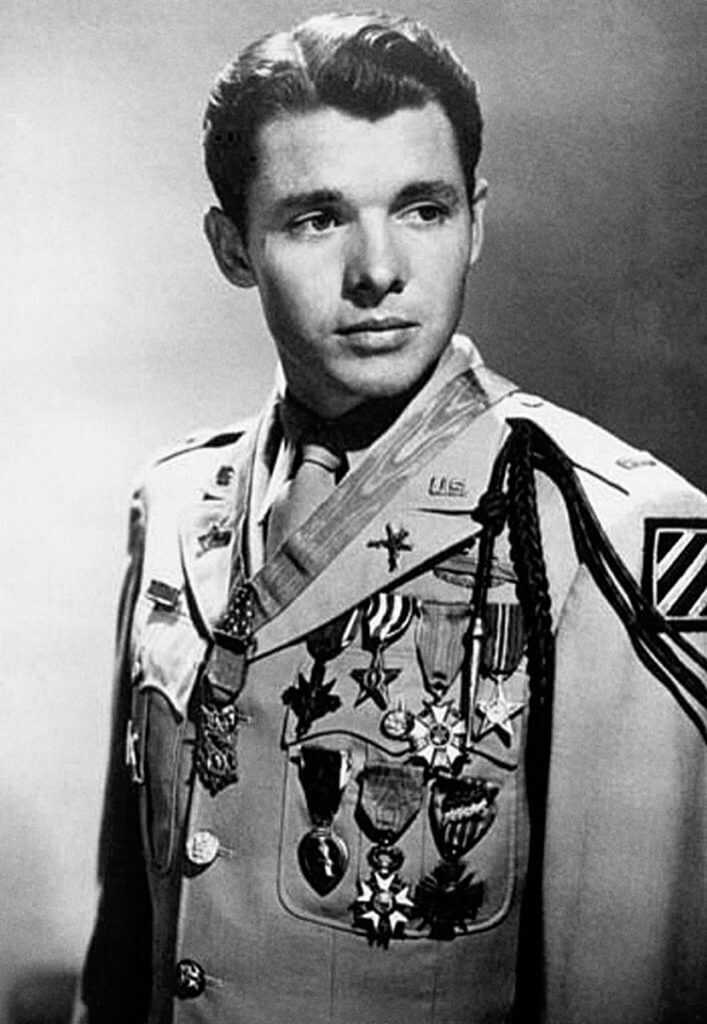
Most folks who study such stuff feel that it is some holy combination. To attain greatness one requires a certain modicum of raw material leavened in the crucible of experience. Had Audie Murphy not come of age when the entire planet was at war he might have lived out his life in anonymity selling vacuum cleaners door to door. The combination of his raw material and some extraordinary circumstances, however, ultimately produced the most highly decorated warrior in American history.
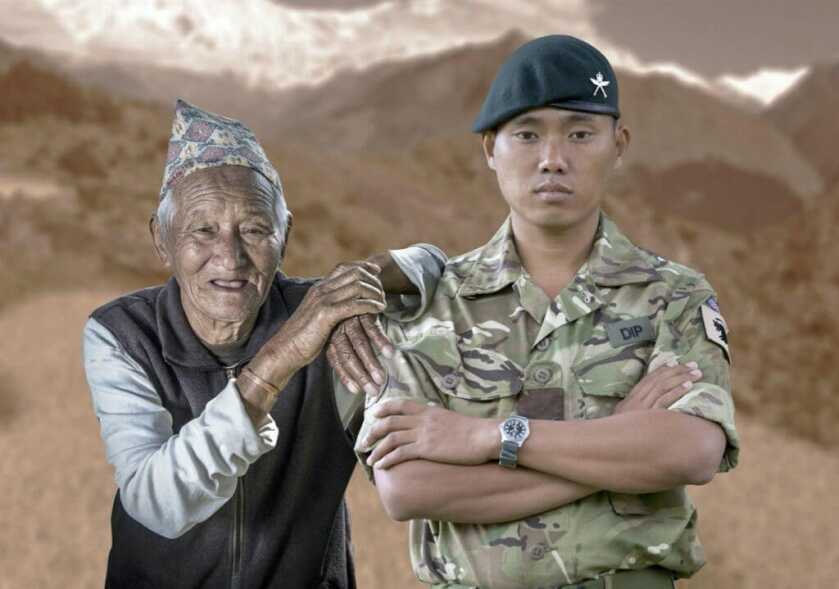
In Dipprasad Pun we have an example illustrating the mysterious power of genetics. Dipprasad’s grandfather, Tul Bahadur Pun, earned the Victoria Cross, Britain’s highest award for gallantry. In 1944 he was fighting the Japanese in Burma.
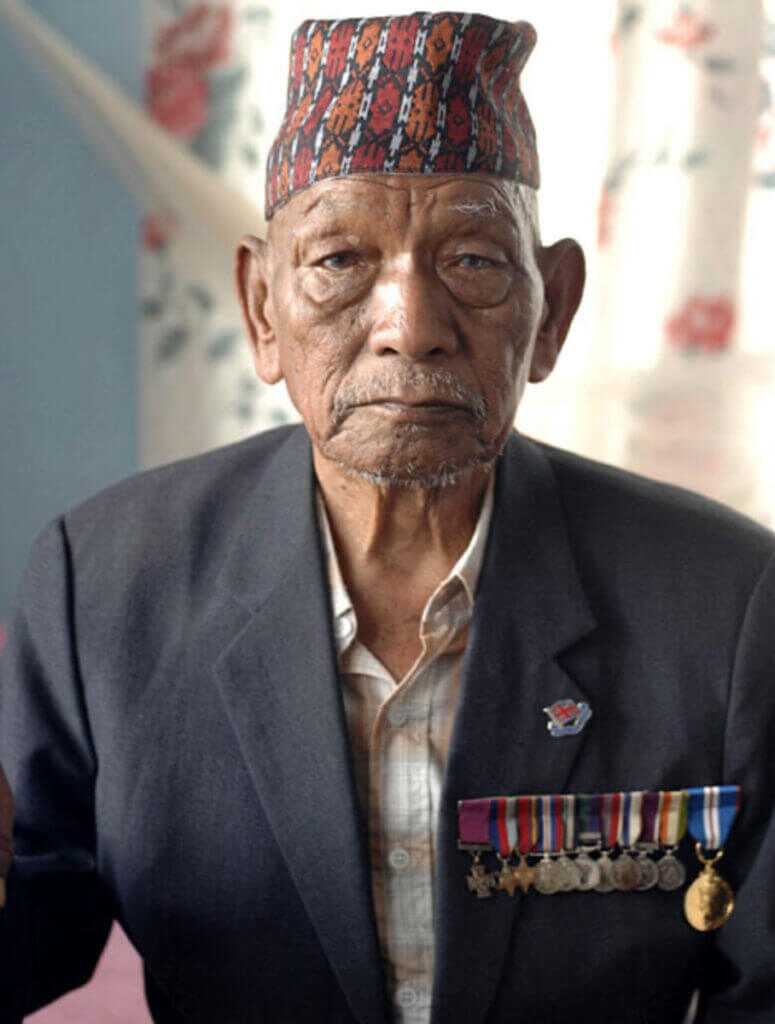
The sole uninjured survivor of his Infantry section, the elder Pun charged an entrenched Japanese emplacement with a Bren gun, firing from the hip. He mowed down four Japanese soldiers with his Bren and then dispatched another three with his legendary kukri knife. Later he acquired a flamethrower and incinerated another thirty. This fearless little man singlehandedly crushed the Japanese defenses that bloody day. Sixty-six years later his grandson Dipprasad showed that he was made from similar stuff.
Living Legends

Gurkhas are drawn from the mountainous regions of Nepal, and they are legendarily fierce warriors. Though genetically small, Dipprasad Pun stood all of five foot seven, these industrious little guys are renowned for their courage in battle. One September night in 2010 Acting Sergeant Dipprasad Pun was on duty manning a defensive sangar on the roof of a Gurkha outpost near Babaji in Helmand Province, Afghanistan.
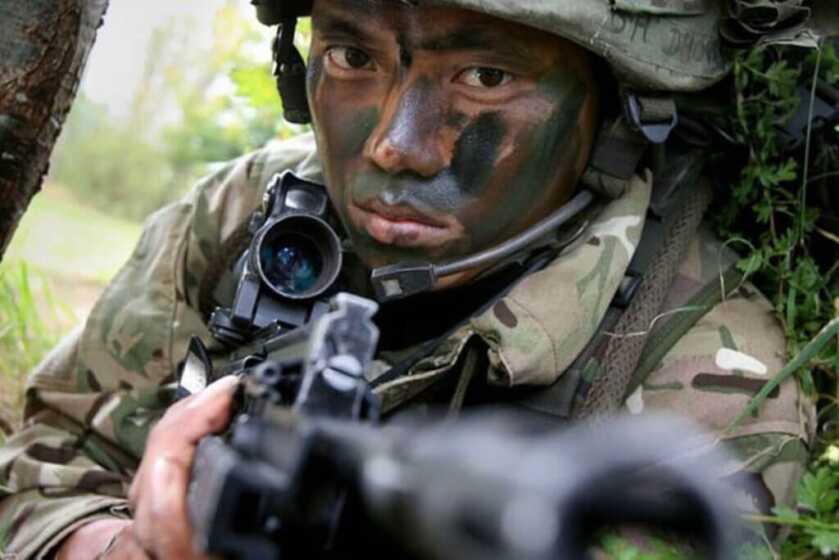
His unit from the 1st Battalion, Royal Gurkha Rifles, had pushed out on a combat operation leaving only Pun and three comrades behind to defend the outpost. Late at night and alone on the rooftop sangar, Pun heard a noise outside the nearby gate but presumed it was a cow. Further investigation exposed a pair of Taliban fighters furiously emplacing an IED with which to ambush the returning Gurkhas. Pun’s three comrades were deep within the bowels of the outpost. This was to be a come-as-you-are party.
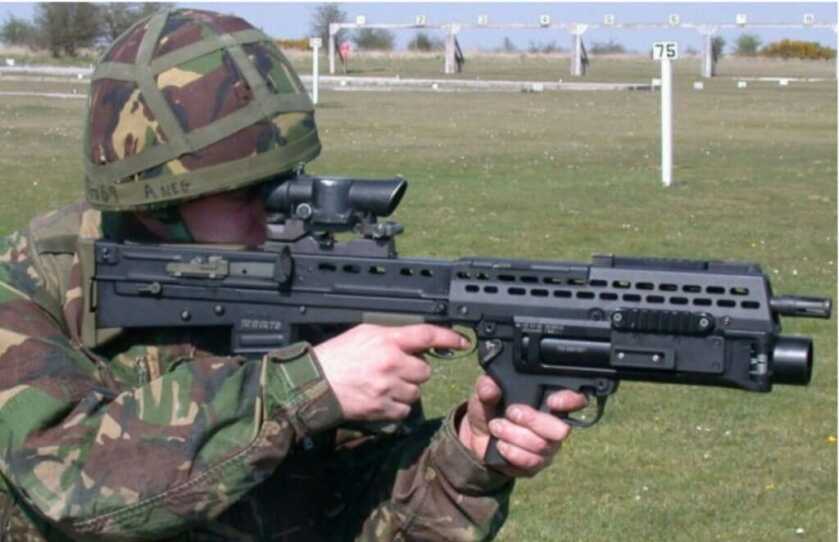
Pun quickly gathered a pair of radios along with an L7A2 GPMG machinegun and a supply of grenades. He also had the clacker to a Claymore mine as well as his SA80 personal weapon equipped with a grenade launcher. He then lobbed a 40mm grenade into the darkness. That little bomb precipitated quite the firestorm.

Before he could summon help, Pun was suddenly attacked by a large number of determined Taliban fighters armed with AK rifles and RPGs. Heavy automatic weapons fire raked his defensive position, while RPG warheads tore his sandbagged sangar to pieces. While as many as thirty Taliban fighters maneuvered toward him, Dipprasad Pun took up his GPMG and moved from place to place, laying accurate and effective automatic fire on the enemy while shooting from the hip.
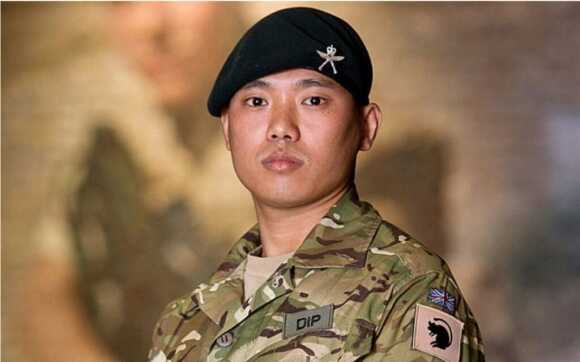
During a subsequent interview Pun stated, “As soon as I knew they were Taliban, I thought I was going to die. But as soon as I started firing, that feeling went away. I knew I had to do something before they killed me and my three comrades…I thought, before they kill me I have to kill some of them.”
The Weapons

No offense to the acolytes of the German MG42, but in the early 1950s a Belgian gun designer named Ernest Vervier working at Fabrique Nationale crafted the greatest light machinegun ever devised. The original designation of the weapon was Mitrailleuse d’Appui General or MAG gun. This remarkable weapon was subsequently adopted by more than eighty nations.

The MAG gun was a gas-operated, belt-fed, full auto-only support weapon that utilized the long-stroke gas piston system of operation. The locking mechanism for the MAG gun was drawn from that of the Browning Automatic Rifle, while the trigger and feed mechanism were aped from those of the MG42. The MAG gun fired from the open bolt and included a simple crossbolt safety.
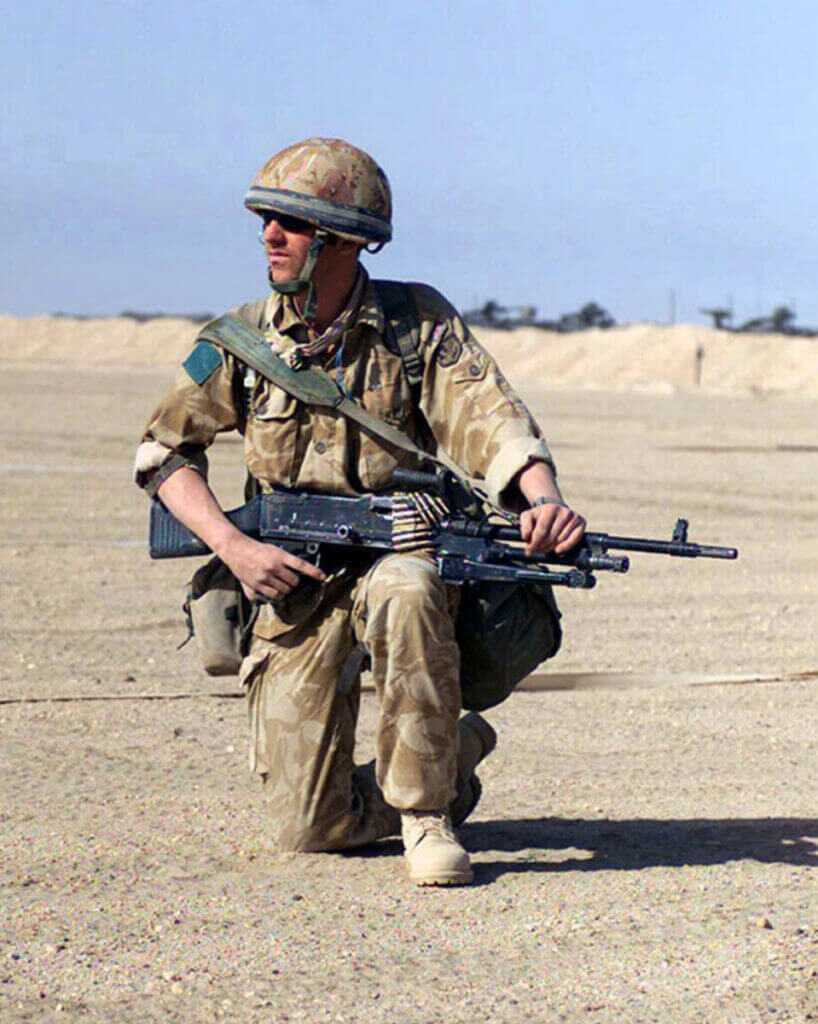
The British Infantry version of the MAG gun is designated the L7A2. British Tommies refer to the gun as the GPMG, short for General Purpose Machinegun. Conversationally they call the gun the “Gimpy.”

In 1977 the US Army adopted the MAG gun as the standard coaxial machinegun for US armored vehicles under the designation M240. In 1995 the military adapted these M240 guns to a ground configuration under the new designation M240B. The M240B weighs 28 pounds. A lightened version titled the M240G weighs 24.2 pounds and is now the standard medium machinegun throughout the US armed forces.

The SA80 was almost but not quite awesome. Originally designated the L85, this radical bullpup assault rifle was first accepted for service by the British Army in 1987 as a replacement for the revered L1A1 SLR (Self-Loading Rifle). The SLR was itself an anglicized version of the Belgian FN FAL.
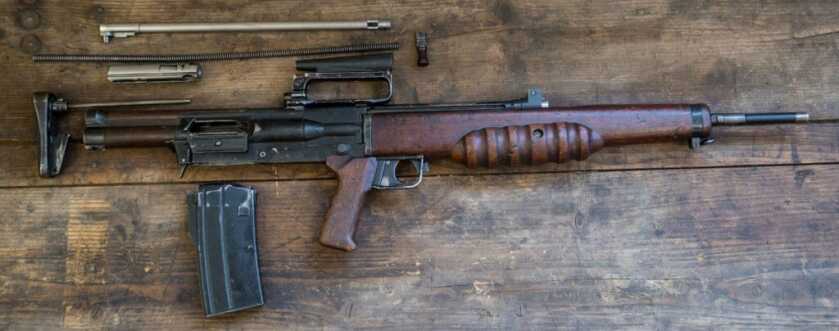
The origins of the SA80 reach all the way back to WW2. Drawing from experience gleaned from rugged combat against the Nazis across mainland Europe, British designers conceived a bullpup assault rifle titled the EM-2 that would fire an intermediate 7mm cartridge. While the EM-2 would have been the most advanced Infantry weapon in the world at the time, pressures from the US exerted through NATO mandated the heavier 7.62x51mm round. That mandate ultimately led to the SLR that equipped the British Army for the next several decades.
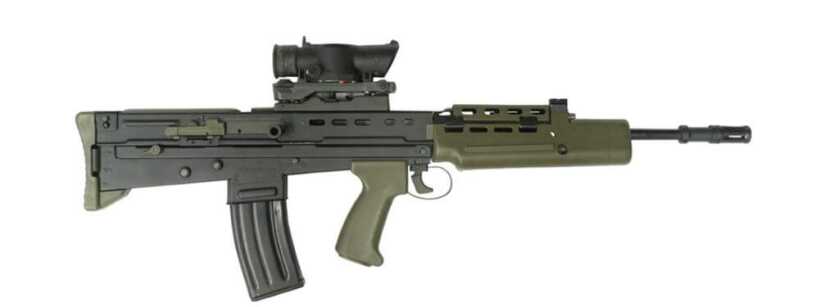
In 1969, work resumed in earnest on the bullpup rifle project. Taking the short-stroke, gas piston-driven operating system of the ArmaLite AR180 and Stoner 63 weapons, Enfield designers crafted what should have been the finest assault rifle on the planet. However, these early guns were plagued with problems.

This gun was originally designed around a proprietary British 4.85x49mm round. The conversion to 5.56x45mm resulted in a mechanism that ejected empties differently based upon the number of rounds fired and temperatures achieved. This also mandated a large ejection port that increased the risk of fouling. Additionally, many of the gun’s subcomponents were formed from flimsy plastic that just didn’t hold up well under hard use.


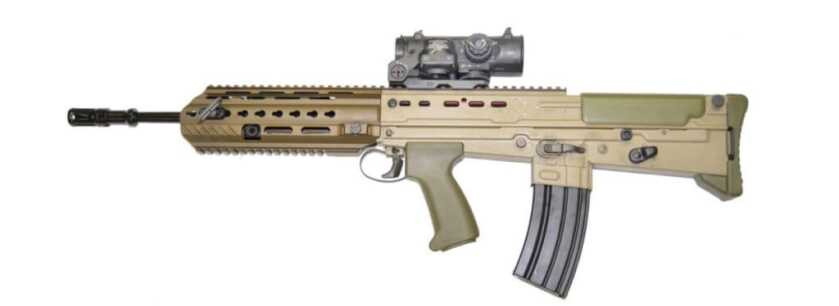
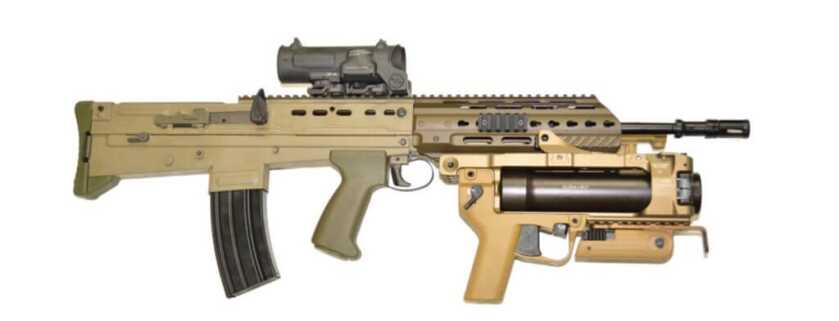
In 2000 after some well-publicized failures, Heckler and Koch was brought in to completely revamp the design. HK was at the time owned by the British defense conglomerate BAE Systems. The end result was the SA80A2. Changes included a modified bolt and ejector along with a redesigned hammer assembly and cocking handle. The SA80 was ultimately issued in Assault Rifle, Carbine, and Light Support Weapon formats. Though the LSW is being withdrawn from service, the latest SA80A3 serves downrange with British forces today.
The Rest of the Story

Over the next seventeen minutes, the Taliban relentlessly assaulted Pun’s rooftop sangar. Pun fired his GPMG until he exhausted all of his ammunition. He then began hurling grenades at the attacking Taliban force, expending six white phosphorus grenades, six frags, and another four rounds from his 40mm grenade launcher. Despite his efforts, the Taliban insurgents began scaling the walls to his second-floor defensive position.
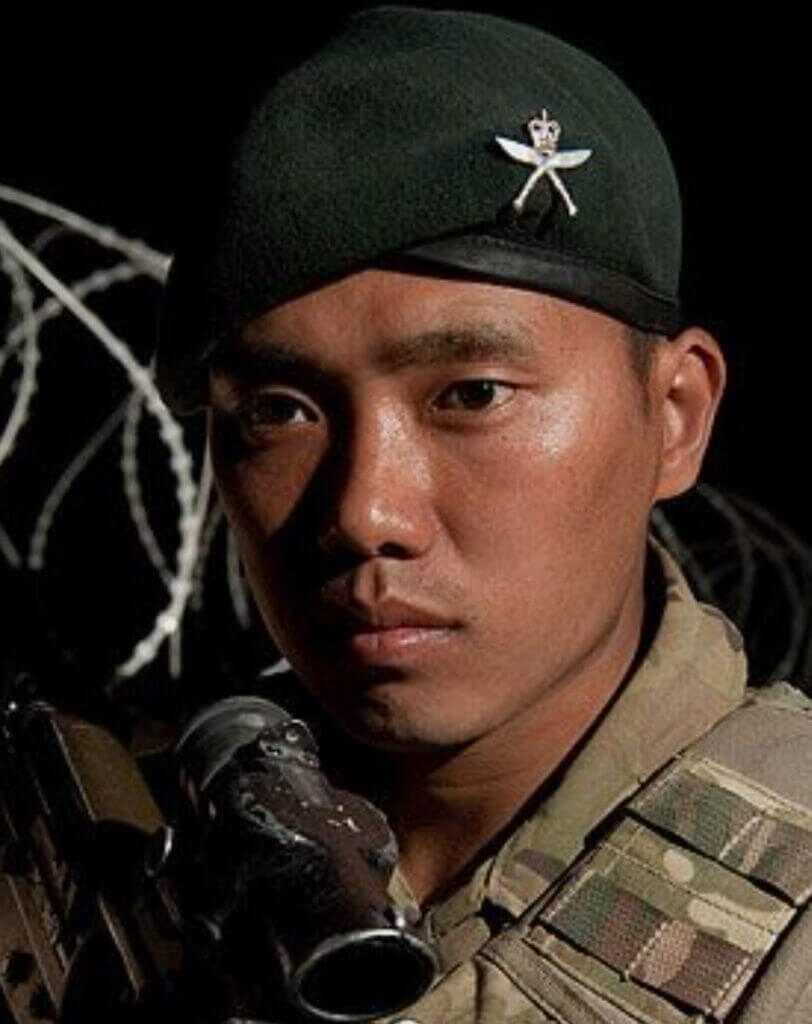
The first Taliban fighter crawled onto the rooftop, and SGT Pun killed him with his SA80 assault rifle. Pun then turned to address the next Taliban terrorist only to have his SA80 malfunction at the worst possible moment. With more Taliban following right behind things looked bleak.
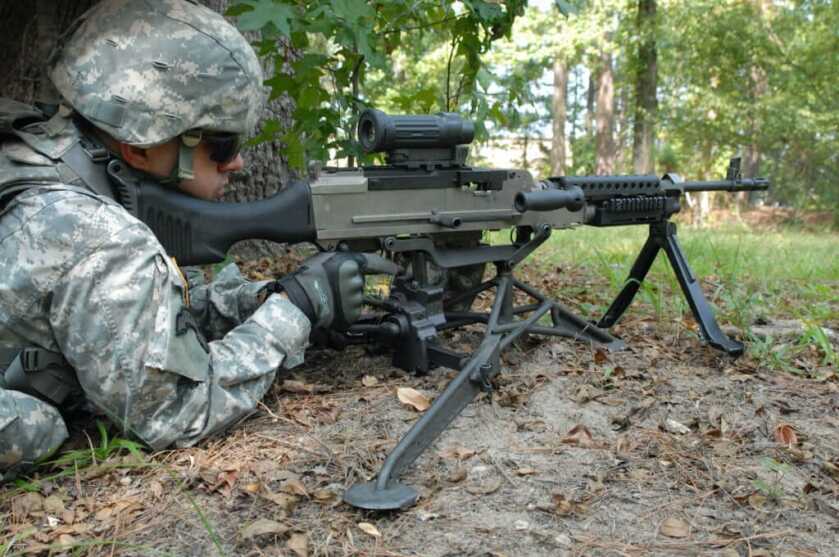
Now truly desperate and essentially unarmed, Pun grabbed the tripod for his GPMG and charged the nearest insurgent. He swung the ungainly implement at the Afghan terrorist, connecting with his face and knocking him off the roof. Pun then ran to the edge of the building in time to see the rest of the attacking force scaling the walls by the flickering light of white phosphorus still burning below.


Pun then hefted a nearby sandbag and released it above the scrambling Taliban. The heavy sack struck one fighter squarely on the head, purportedly knocking the group down into a heap. Pun then touched off a Claymore mine. The sleeting cloud of ball bearings that erupted from the directional mine broke the back of the attack. The surviving Taliban fled back into the darkness.
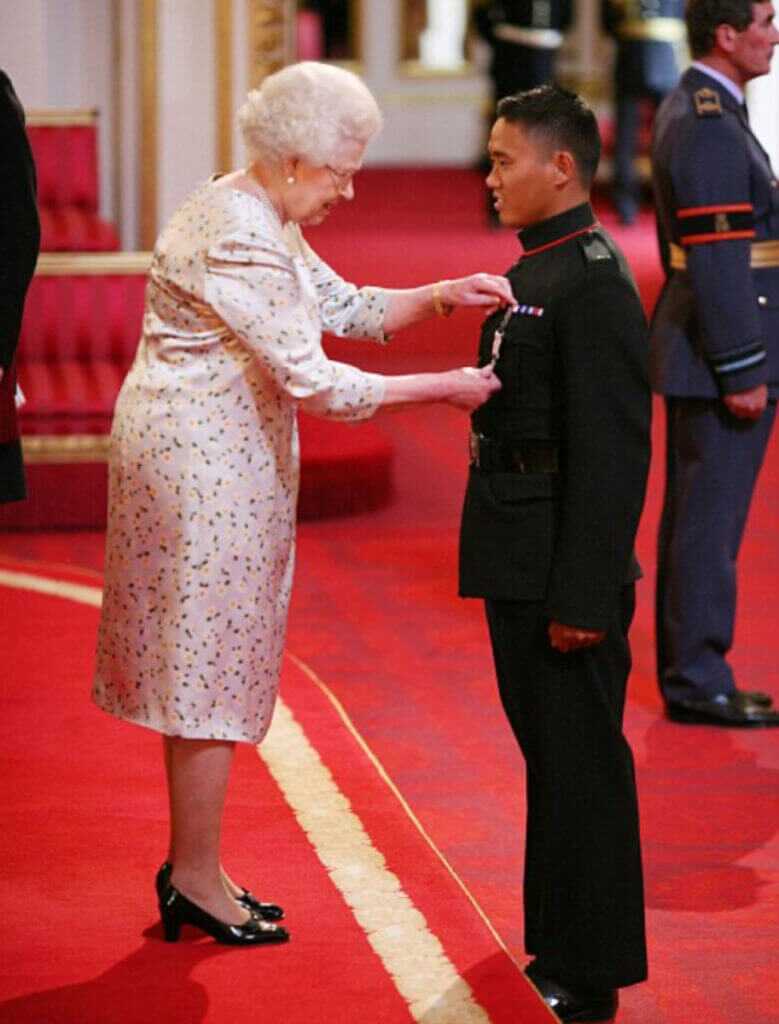
During this frenetic quarter-hour, Dipprasad Pun expended 250 rounds through his GPMG, 180 rounds from his SA80 assault rifle, seventeen grenades, and a Claymore mine. He also weaponized a machinegun tripod and a sandbag before beating back the assault. For his actions in singlehandedly defending the outpost and saving the lives of his comrades, Pun was awarded the Conspicuous Gallantry Cross, Britain’s second-highest award for bravery in combat.

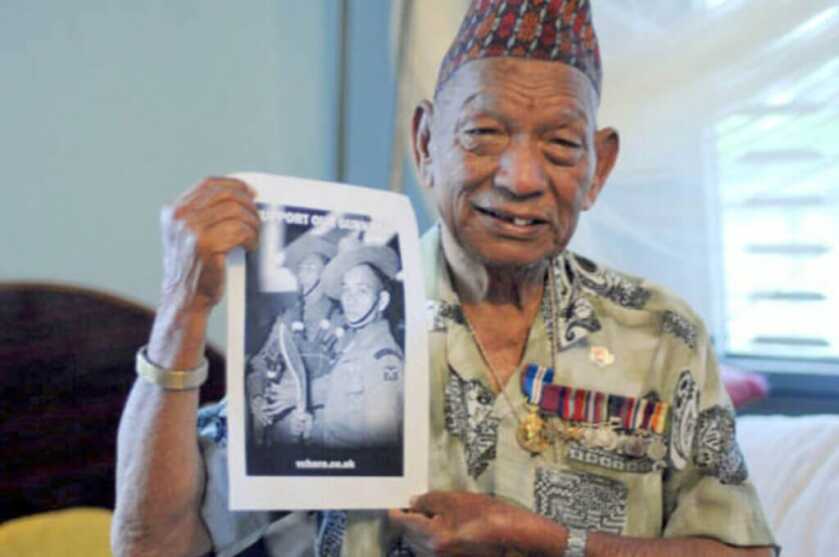
The motto of the Royal Gurkha Rifles is, “Better to die than to be a coward.” In the family of Tul Bahadur and Dipprasad Pun we see the legendary courage of the Nepalese Gurkhas on glorious display. Sometimes big things do indeed come in small packages.
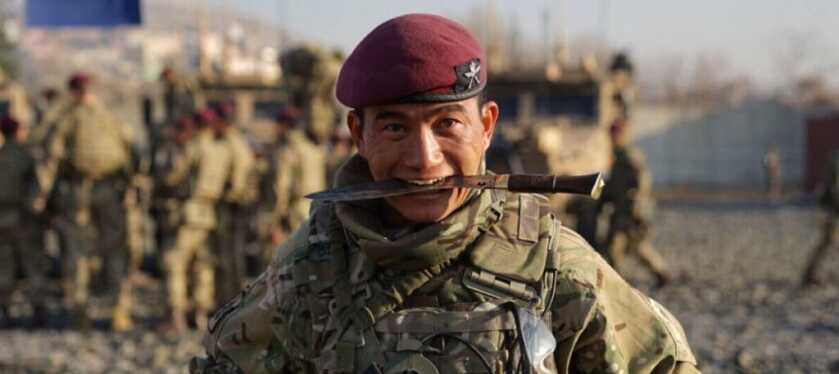




When they used that knife for taking out sentries if he had a helmet they’d chop his head off.if he didn’t have a helmet they’d split his skull by connecting with a overhand chop.
I had the honor to know and train with three Ghurka Warriors when I was in the United States Marine Corps (1964). They were truly exceptional people and you NEVER had to worry about either of them having your six. I can attest to their bravery and dedication. This was a great story.
An awesome guy to bring to the party, outstanding!
I wonder why he didn’t get the V.C. like his Grand Pop?
The MAG is what the M60 should have been. A GPMG I humped over hill and dale. What other weapon has to be safety wired together to keep from shooting itself apart? And dont mess with us small guys. We’re mean.Very.Mean.
Great story about a true hero.
But what were the other two guys doing during all that fighting?
Rat Patch, 4th British Mech. origin dates back to when they fought Rommel in North Africa, probably before the patch was created.
Also known to us old timer/boomers as “THE RAT PATROL” mostly brits & Aussies, which in turn, was the catalyst for the American black & white TV series, in 60s lol,
their mission in a nut shell was to do behind the lines recon, & harass, Rommel”s army & panzer division, with hit & run ops. I believe, Americans were not involved, as the TV series subjects, but I could be wrong, anyone with more knowledge please opine, I always love learning something new.
“In every Clime & Place”
Great story. Good to honor a brave man.
great story, just couldn’t keep track of all the weapon changes!
Great story with associated history. Thank you!
SA80 was the name of the program – “small arms of the 80s”. The rifle is the L85. The terms “SA80A2”, A3, etc, don’t mean anything.
Great story, Will.
I love to see the actions of REAL heroes, not the ballplayers, actors etc. beatified by our lying media.
This is a great story of family honor, service, and courage! I have read about the Royal Gurkhas before. Tough folks.
It would be interesting to read about other small unique military groups from other countries. I have worked with the ROK’s in S. Korea, the SBU’s in Myanmar, and a couple of other groups, but I am quite sure there are many I do not know about. Would you provide other stories like this one covering other groups?
Yes as perfectly stated in the article, these brave men have been sacrificing themselves for their military brothers and for family honor for many years. Gurkhas are some of the most feared warriors of all time, they are the Honey Badger of soldiers. Search videos for Honey Badger to see the definition of tenacity and again don’t let the name fool you.
Good story. Never met one of those “bad dudes”, but would have liked to had a opportunity. Did fight with some ROK Marines in VN, & they were also “bad dudes”! As to the MGs, never shot any of them so can’t comment (would like to), but our Marine “Pigs”, were as good as I could want. Accurate, easy to shot from the shoulder, hip, or pods. Slow enough to not burn thru everything too fast, but fast enough to mow em down. Barrel life was one problem but easy & quick to change if you knew how. I know they are old school & the new stuff probably “better”, but I sure liked my “60”. By the way – read up on Audie Murphy. His son had a web sight with lots of stuff & has the men he served with telling about what he did, right from the guys who saw him do it! Now, there was a 5’5″ 140# mean as a rattler “stud”!
Audie Murphy was 5’5”. Sergeant Pun would have towered over him. How about a little more respect for a allied warrior.
Will, the black rat patch was the insignia for 4th Mechanised Brigade which was the framework for Task Force Helmand at the time of Pun’s heroic action.